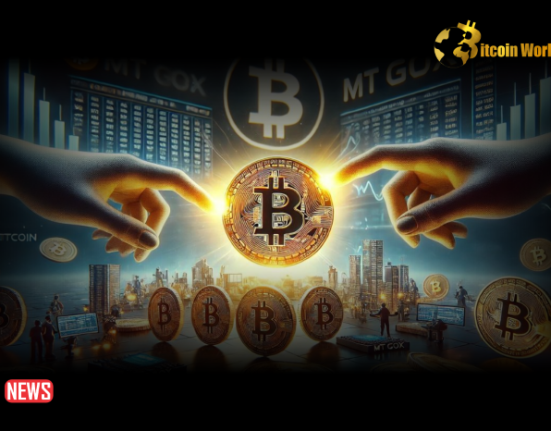Binance’s dominance in trading volume market share has slipped in the last two weeks as a result of a lawsuit filed by the US commodities regulator and its decision to halt some zero-fee trading.
Binance “lost 16% market share of trade volume,” according to an April 4 newsletter from blockchain analytics platform Kaiko, with its market share standing at 54% at the end of Q1. On March 27, the US Commodity Futures Trading Commission (CFTC) sued Binance, alleging that it violated derivatives laws by offering trading to US customers without registering.
Binance still takes in more volume than its combined competitors, according to Kaiko. Still, its March 15 decision to end zero-fee spot and margin trading for 13 trading pairs, including BNB $310, Bitcoin $27,912, and Ether $1,810 trading pairs with multiple fiat currencies and stablecoins, largely contributed to the firm’s demise.
“Overall, Binance’s excess volume largely vanished with the end of zero-fee trading, resulting in a more even distribution of market share among the remaining exchanges,” Kaiko reported.
Kaiko explained that the company’s U.S. arm, Binance.US, doubled its market share from 8% to 24% in the quarter. Binance did not fall dramatically in every domain; the exchange managed to maintain its derivatives dominance, losing only 2% market share in the last quarter.
“The trend is quite different when looking at derivatives volumes: Binance only lost about 2% of market share for perpetual futures trade volume,” Kaiko explained, referring to the end of zero-fee spot trading rather than the CFTC lawsuit. This implies that most of the market share was lost solely due to the end of zero-fee spot trading, rather than fear of a lawsuit.”
Binance was one of the “big winners” of the FTX fiasco, with its market share in trading volume rising to 65% during the fourth quarter of 2022: “Binance’s market share increased from 50% to 65% after November 2022, while OKX’s market share increased from under 10% to 17%.” In contrast, Bybit and the three smaller exchanges Huobi, Bitmex, and Deribit saw their market share decline.”
Upbit was the only cryptocurrency exchange for reclaiming a “significant share” of trading volume among the 17 trading platforms studied by Kaiko over the last quarter.
Many reports have observed a growing trend towards decentralized alternatives and self-custody wallets in light of recent regulatory pressures, banking crises, and the catastrophic collapse of FTX.
Following the demise of FTX, a record number of Bitcoin and Ether users abandoned centralized exchanges. In November 2022, the daily trading volume of decentralized perpetual exchanges reached $5 billion, the highest since Terra Luna Classic (LUNC) and its linked TerraClassicUSD (USTC) stablecoin collapsed in May 2022.
Trading volumes on the decentralized exchange Uniswap are now comparable to those of cryptocurrency exchanges Coinbase and OKX but are still a fraction of the size processed by Binance.














